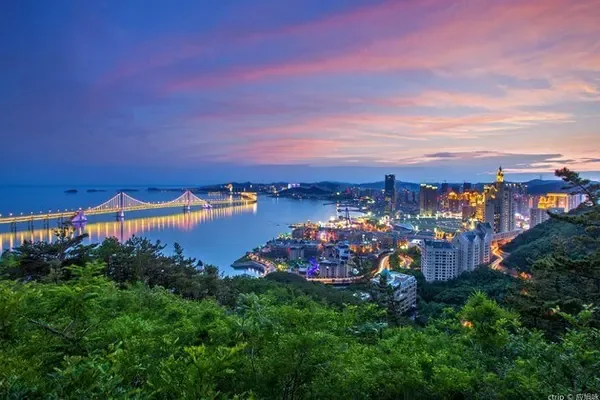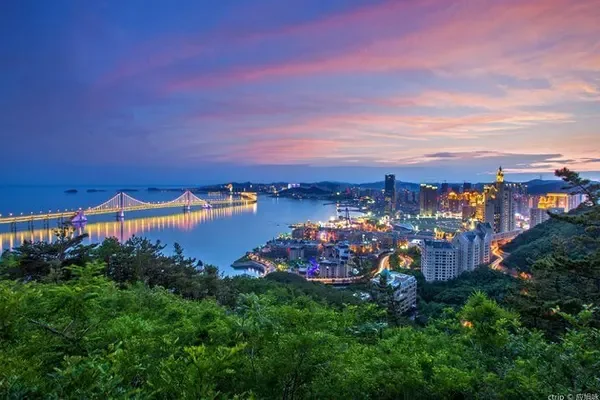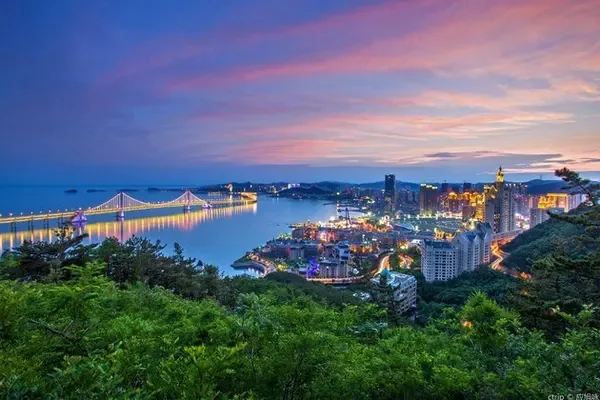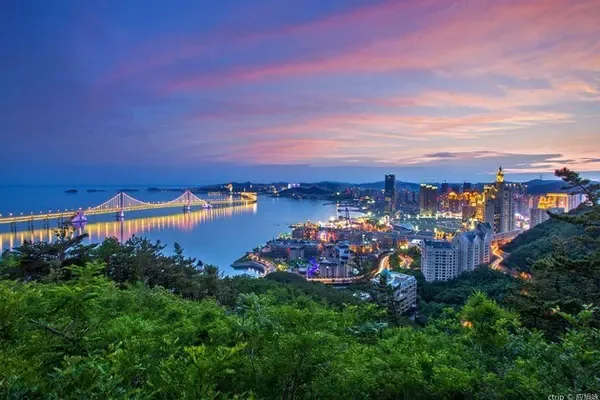Historical Origins
Shengfang Ancient Town is located in the east of Bazhou in Langfang, Hebei Province. It is not far from Beijing and Tianjin. The distance is about a hundred kilometers. It is a wetland depression, so Shengfang Ancient Town was a well-known local water town long ago. Its long and glorious history started from such an ancient and simple fishing village.
Shengfang was built 2,400 years ago in the late Spring and Autumn period. It was originally a water town. It was originally named Ditou Village because it was located at the confluence of river embankments. In 278 BC, King Yan took back the place by force. The first village is Wuping Pavilion, which was later used as the year name of the taboo emperor, and because the Weishui River flows through this place, Wuping was changed to Weicheng. During the reign of Emperor Renzong of the Northern Song Dynasty, Su Xun, the father of Su Dongpo, took the post of chief bookkeeper in the local area, and introduced the technology of planting rice and lotus root in the south to the East Lake of Baiyangdian. Jingxiang chanted poems such as "Shengshui lotus fragrance" and "Shengshui Liufang", and Weicheng was renamed Shengfang from then on.
Shengfang Ancient Town later developed into a famous water town, one is relying on natural water resources. In the era of water transportation, the Zhongting River here used to be the only place to go to and from Tianjin in the Daqing River and even the upper reaches of the Haihe River. As a result, the local economy has been prospered and the ancient town has formed a collection of Chinese and foreign architectural styles, including both the north and the south. Looking at the layout of the ancient town is enough to illustrate this point. Now the streets and alleys of the old city center on the Chuanxin River, spread out on all sides, wide open and closed, supplemented by passages and alleys in between, the alleys are secluded, and the stone streets are long. Walking among them is like passing a thousand years. Looking at those houses built by the water and facing the water, standing by the river today, it gives people the feeling of going back in time and space, as if seeing the unique life scene of fishing, hunting, reed weaving, and business integration in the past. In addition, the prosperity of Shengfang Ancient Town depends on catching up with the famous large-scale immigrants in the early Ming Dynasty in history. With the rapid increase of foreign population, merchants from all over the world gathered here. Thousands of sails are competing for a while, shops are everywhere, traffic is busy, and the market is prosperous. By the beginning of the Qing Dynasty, Shengfang had rapidly developed into one of the six towns of Zhili with a wealthy family. There is a saying in history that "there are Suzhou and Hangzhou in the south, and Shengfang in the north". Legend has it that Emperor Qianlong visited Shengfang Town privately in micro-clothes three times.
small town buildings
The ancient history of Shengfang Ancient Town is said to have exceeded two thousand years, and can even be traced back to the late Spring and Autumn Period. In fact, it should have really become a small town after the early Ming Dynasty. The old buildings in the ancient town date from the Ming Dynasty at best. Even so, the years are long, natural disasters and man-made disasters, and the ancient wooden buildings that can survive are few and far between. Most of the ancient buildings in Ming and Qing Dynasties were either destroyed in the flames of war, or lost to the years and damaged. The buildings in the ancient town in front of us, from pagoda temples to pavilions, from houses to ancestral halls, from top to bottom, from inside to outside, except for a few ancient buildings such as a few courtyards, many other buildings have been rebuilt in the past ten years. Shengfang Ancient Town really cannot be compared with Pingyao Ancient City, Langzhong Ancient City, etc., but for those who like to look for ancient relics, it is not a bad idea to take a look. I have been to Qingzhou Ancient City, Pingyao Ancient City, etc. Compared with these ancient cities, Shengfang Ancient Town can be said to be very small. On the surface, it still looks like a decent ancient street. The theater building, Wenchang Pavilion and Dabei Temple are known as the "Three Treasures of the Ancient Town". The theater building is very eye-catching. It is located in the center of the town and is also called Jiucheng Building. It is a typical Qing Dynasty style, with a flat and stable stage and a glazed tile roof with cornices and corners. It has always been an important place for leisure and entertainment for the residents of the ancient town. Wenchang Pavilion is majestic and majestic. It stands at the entrance of the town, with long corridors and pavilions. The Great Compassion Temple seems to be even more divinely assisted. In terms of cultural relic value and ornamental value, the most distinctive ancient buildings in the town are Zhang Family Courtyard and Wang Family Courtyard. Both of these two courtyards were built during the Qing Dynasty, and the owners of the courtyards belonged to wealthy businessmen, and both belonged to the Eight Great Families of Shengfang. The Zhang Family Courtyard is located alone in an alley, simple and elegant, and there are still four connected courtyards; while the Wang Family Courtyard is next to the theater building, small and exquisite, with a westernized appearance, which looks more western. Apart from being used as office space during the Battle of Pingjin and being chosen as the location for one or two movies, the two compounds don’t have many commendable connotations.
town photo
1. Town streets



2. Kuixing Pavilion



3. Hawthorn




4. The Royal Courtyard












5. Wine Culture Museum










6. Zhang Family Courtyard





